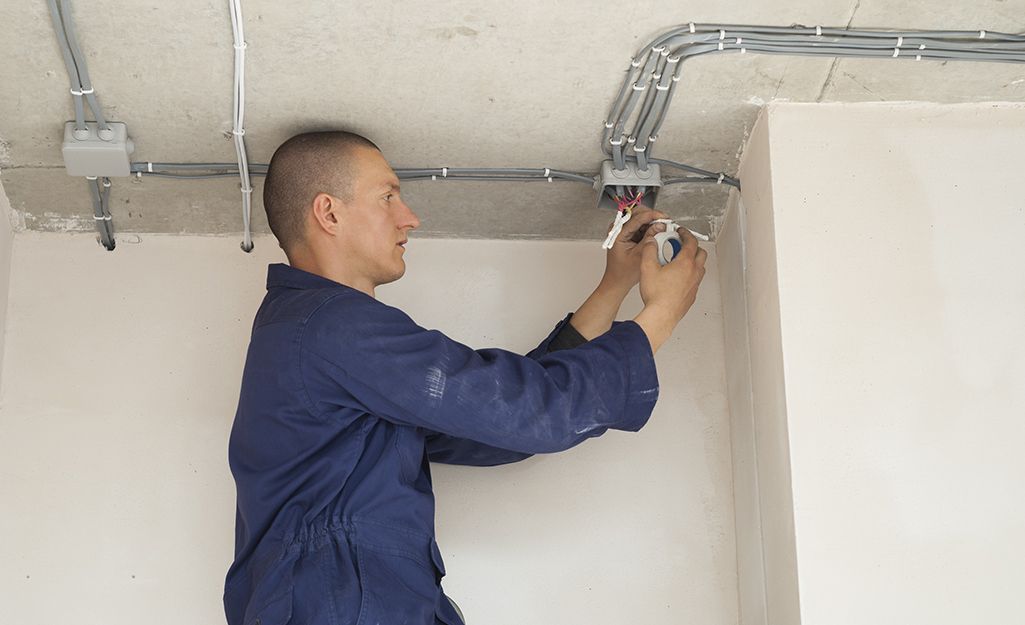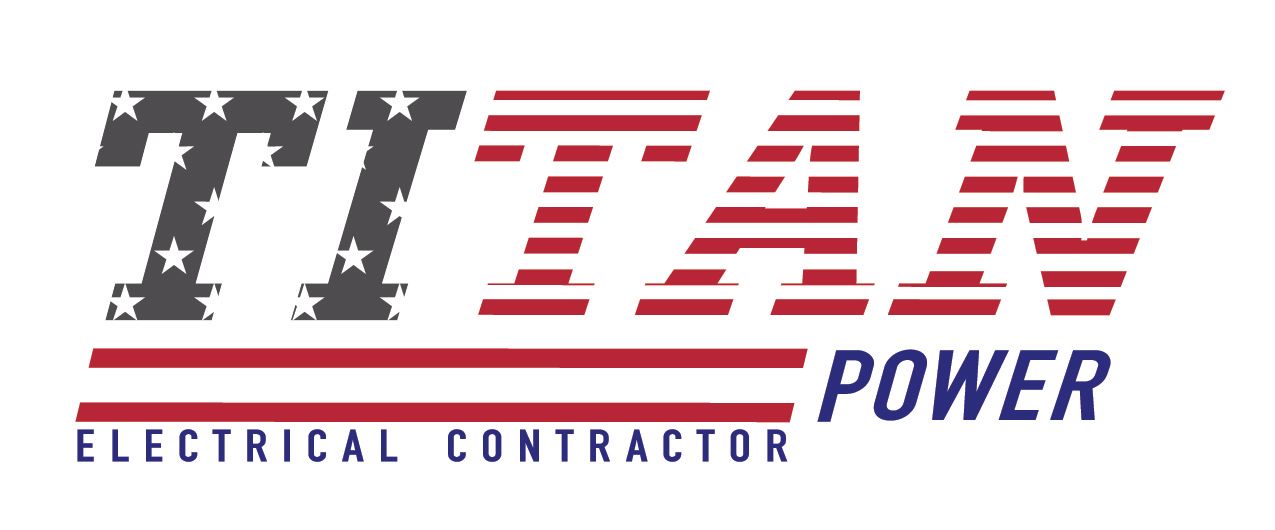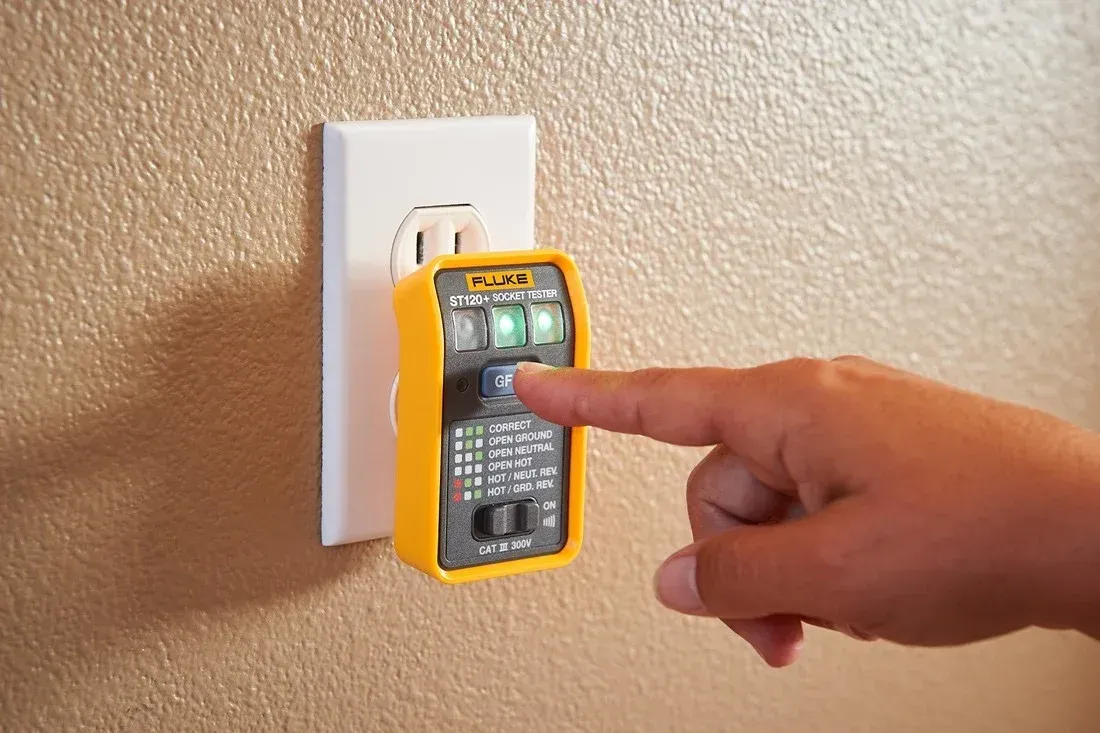Power On Safely! How To Properly Secure Your Conduit Wiring To Avoid Fire
See our tips and tricks to best install conduit for clients and do it SAFELY!

Properly Fireproofing Conduit Wiring: Providing Power and Safely For Clients
As an electrical engineer, one of the most important aspects of any installation—residential, commercial, or industrial—is ensuring the long-term safety of the conduit wiring system. Among the most critical safety concerns is fire protection. A properly fireproofed conduit system not only reduces the risk of electrical fires but also helps contain fire spread, protecting lives and infrastructure. Here’s a breakdown of the best strategies to fireproof your conduit wiring effectively.
1. Choose the Right Conduit Material
Not all conduits are created equal. For fire resistance, metal conduits like galvanized steel (RMC or EMT) or aluminum are top choices. These materials have high melting points and can withstand intense heat longer than plastic alternatives.
Why it matters:
Plastic conduits like PVC may be easier to install and less expensive, but they emit toxic fumes and can melt quickly under fire conditions. For high-risk environments, stick with metal.
2. Use Fire-Resistant Coatings and Wraps
Applying intumescent coatings or fire-resistant wraps around conduits, especially where they pass through fire-rated walls and floors, adds another layer of protection. These materials expand when exposed to high heat, sealing openings and slowing fire spread.
Pro Tip:
Use UL-listed fire stop systems that meet or exceed building code requirements. Always refer to the manufacturer’s installation guidelines for correct application.
3. Seal All Penetrations Properly
Fire can easily travel through unsealed gaps around conduit penetrations. Use fire stop sealants, collars, or pillows to close off any spaces where conduit enters walls, ceilings, or floors.
Engineer’s Advice:
Pay close attention to fire-resistance ratings of walls and floors. If a wall is rated for 2 hours of fire resistance, the conduit penetration must meet that same standard using tested and approved systems.
4. Insulate Appropriately
Heat-resistant wire insulation inside the conduit is just as critical. Use wires with thermoset insulation (like XLPE or EPR) rather than thermoplastic types, which can degrade more easily under high temperatures.
Bonus Tip:
Combine fire-rated insulation with metal conduits for maximum protection in mission-critical applications, like data centers and hospitals.
5. Conduct Regular Maintenance and Inspections
A fireproof conduit system isn’t just a one-and-done task. Periodic inspections are vital to identify compromised firestop seals, damaged insulation, or deteriorating conduit sections.
Best Practice:
Incorporate conduit fireproofing checks into your facility's annual electrical maintenance schedule. Small signs of wear can be early indicators of a bigger issue.
6. Design with Compartmentalization in Mind
From an engineering perspective, compartmentalization is a crucial principle in fire safety. Designing electrical systems so that circuits and conduits are segmented and routed through fire-rated zones can prevent a localized fire from affecting the entire system.
Final Thoughts
Fireproofing conduit wiring is a combination of proper material selection, precise installation, strategic design, and ongoing maintenance. As the owner of Titan Power, I always stress to my staff that cutting corners in fireproofing can lead to catastrophic results—not just in property damage, but in lost lives.
It’s not just about meeting code—it’s about exceeding it wherever possible. When in doubt, consult with fire safety engineers, use UL-listed products, and invest in long-term protection for your wiring infrastructure.
Safety always comes first.



